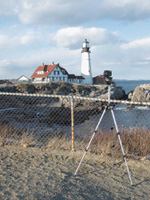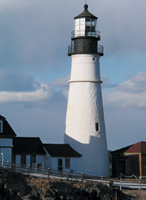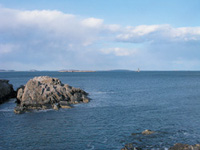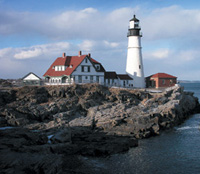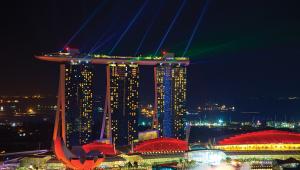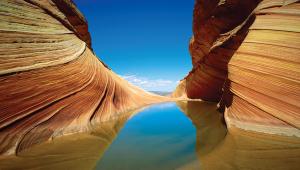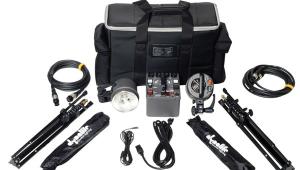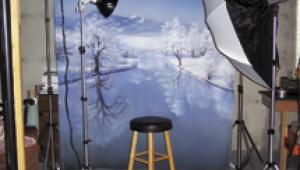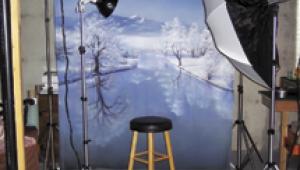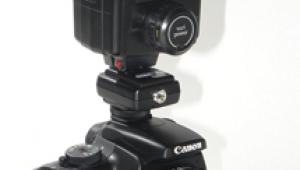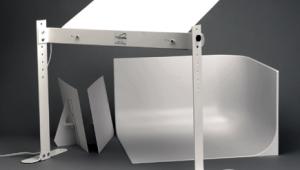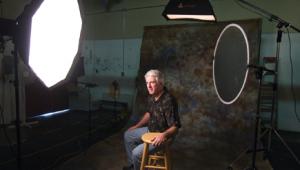Lesson Of The Month
Improving Your Scenic Shots
The panoramic shot above
is of a lighthouse at Fort Williams State Park in Cape Elizabeth, Maine.
Henry Longfellow used to walk out here from Portland for inspiration
with his poetry and needless to say, it is a very popular spot among
tourists. While photographs of lighthouses tend to fall into the "popular
among tourists" category of photography and are often seen as
being "clichés" (particularly in New England), it
is still possible to create unique-looking images from such highly photographed
scenes. By taking the time to figure out the shot you want and knowing
what methods to use to get it, you will invariably create results that
stand apart from those of the "point-and-click" crowd. |
|||
Setting Up |
|||
After reviewing the shot in
the LCD of the camera, I realized I wanted to be able to come in a little
tighter on the lighthouse. But since I was already at the end of my zoom
setting, and the fact that there was a fence and body of water between
the lighthouse and me, I was hard pressed to increase the size of the
lighthouse with this setup. Fortunately, I had an Olympus Tele Conversion
lens attachment with me. Within 30 seconds, I attached the lens, reframed
the shot, and took another exposure (#3). |
|||
Panoramic Mode |
|||
I then loosened the knob that
controls the base rotation and set the rotation point to 0Þ. This
would be the starting point for the first of three shots. I made sure
the camera was set to Panorama mode and then took my first shot (#4). |
|||
Later that afternoon, I transferred
the images from the SmartMedia card to a computer via an Olympus USB Dual
Slot Media Reader and started up the Camedia Master software that came
with the camera. |
|||
If you would like to continue your digital step by step education lessons on editing, printing, and e-mailing your photos it will be on the private section of the Web Photo School. To enroll for WPS just go to www.shutterbug.net and click on WPS Free Lessons. Technical Equipment |
- Log in or register to post comments
